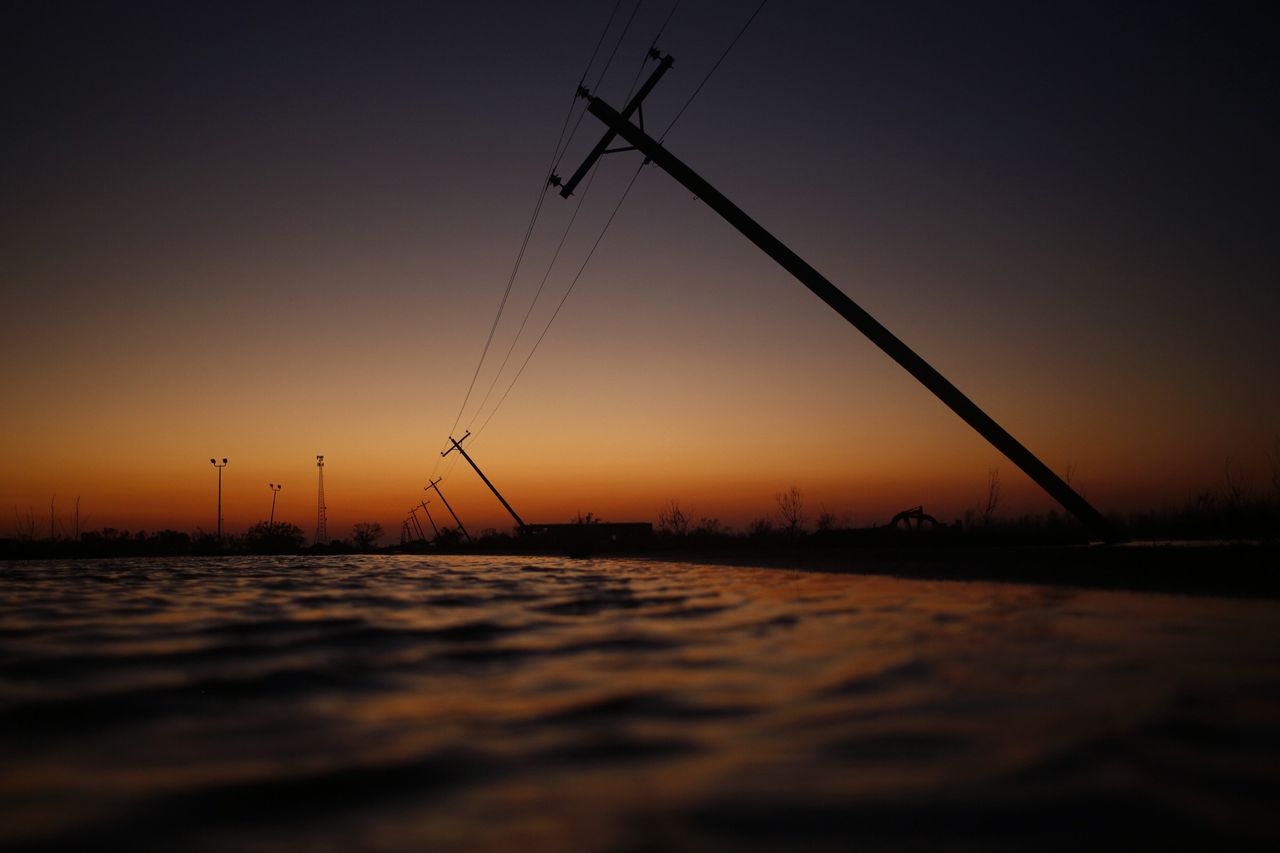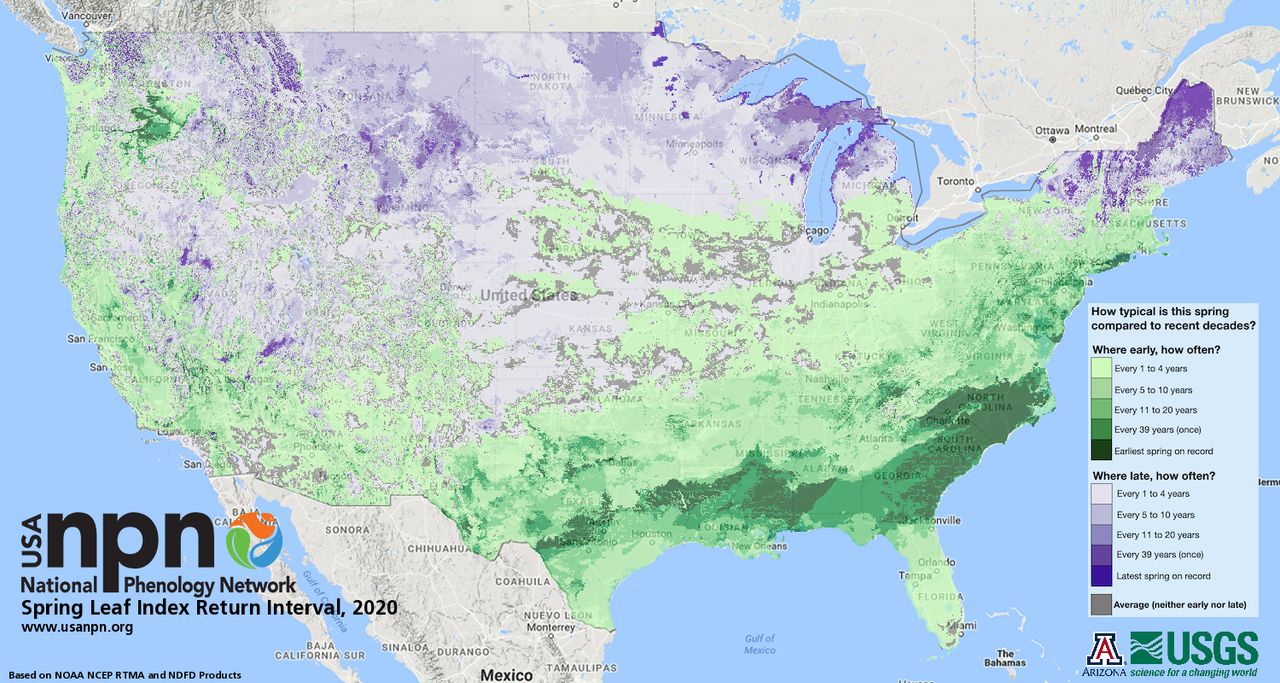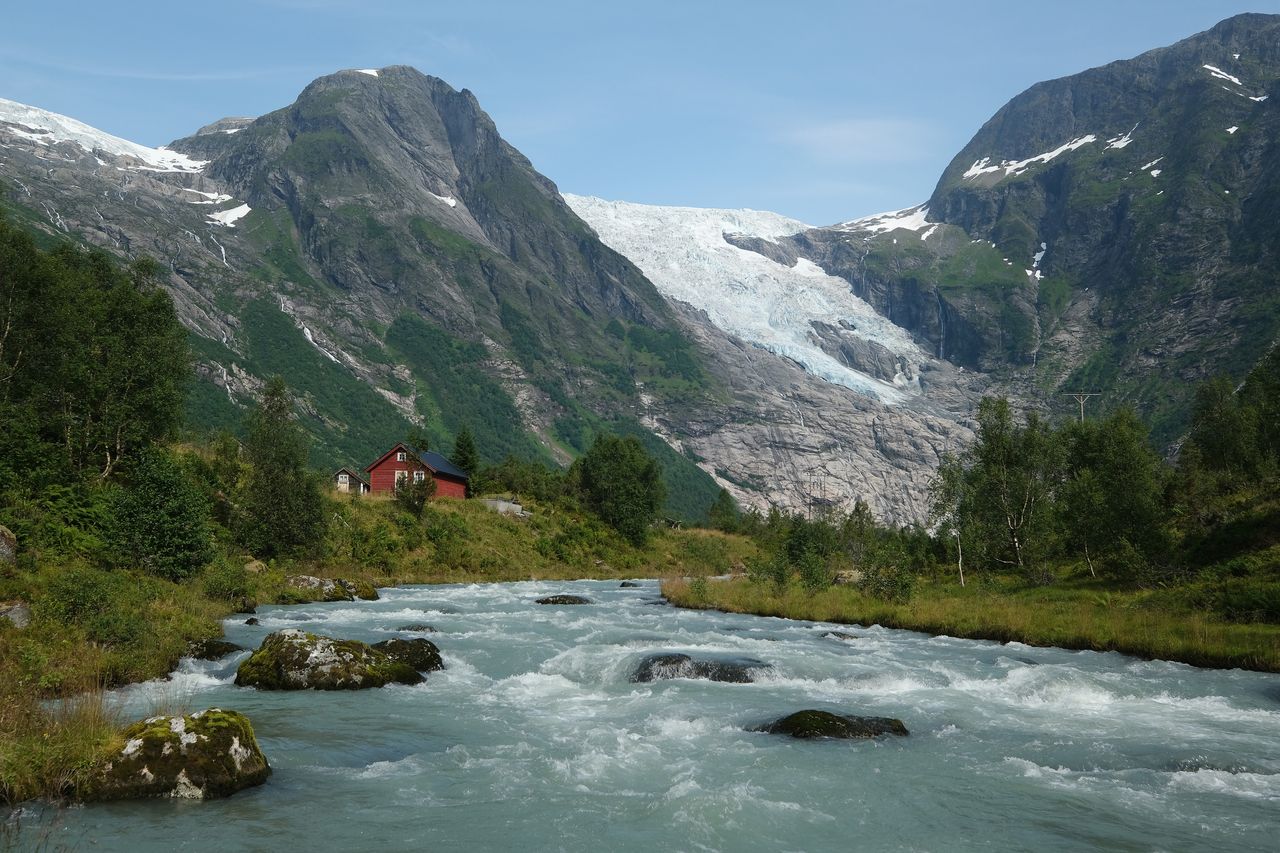In January, even before the coronavirus pandemic put the world askew, Jan Tore Jensen noticed some disturbing changes to the rhythms of life in his home city of Oslo, Norway. “The botanical garden in Oslo was opening up. Flowers were blooming, and something was kind of off,” recalls Jensen, head of Norwegian outdoor-gear company Bergans.
The normally wintry city was free of snow until the last day of January, and for the first time ever, Oslo ― along with fellow Scandinavian cities Stockholm, Copenhagen and Helsinki ― witnessed temperatures above freezing every day of the month, the warmest European January on record.
Winters have been trending warmer for years, and in northern European countries like Norway, where snow-filled winters are part of the national identity, the loss is palpable.
“Norwegians are born with skis on their legs,” says Jensen, echoing a popular saying about the sport, which has millennia-old roots in northern Europe. But now a number of ski trails around Oslo depend on artificial snow machines. It’s an economic blow to the bottom line of companies like Bergans that are invested in outdoor recreation, but it’s also a cultural and emotional gut punch for Norwegians.
In response, Jensen and his colleagues began discussing what they could do to keep winters from disappearing, and in late January 2020, Bergans partnered with the World Wildlife Fund’s Norway office to launch a campaign called “Save the Seasons.” The objective was to push the United Nations Educational, Scientific and Cultural Organization (UNESCO) to recognize seasons as an aspect of world heritage, along with unique physical sites like the Taj Mahal and intangible cultural heritage — including traditional Thai massage and Turkish archery. “If we get the seasons listed, then politicians are obligated to do something to protect them,” says Jensen.
The broader aim is to start a conversation about the losses climate change is inflicting and to push politicians to act. “Since in Norway the seasons and the skiing and nature are such an essential part of the culture, this might be a way of reaching some other people about why we need to focus on climate change,” explains Sverre Lundemo, biodiversity adviser to the World Wildlife Fund.
It’s an ambitious idea, and it’s by no means certain that seasons will fit within UNESCO’s definition of world heritage. But for Jensen, it’s a tangible action in the face of a climate crisis many are still hellbent on ignoring. And it’s one of a number of global efforts to observe, note and recognize myriad ways that seasons are changing ― shifts that will affect our food, livelihoods, cultures and emotional well-being.

While the past year has brought dramatic manifestations of a warming planet — Cyclone Amphan killed more than 100 people in India and Bangladesh and Hurricane Laura caused widespread damage to the Caribbean and the U.S. — such catastrophes have a specific geography and time span. Those who live in the American West couldn’t easily escape the climate implications of this fall’s massive wildfires, but for people elsewhere in the country, this unprecedented disaster was often painted as just a California problem.
People often fail to understand climate change because it can feel either too doom-ridden or too distant from their personal lives, research has found.
But everyone experiences seasons — from the four seasons commonly recognized in temperate climes to the extremes of the Arctic, which oscillates between ice, extreme cold and thaw, to the tropics, with its dry and rainy seasons. In some cultures and regions, people observe even more intricate seasonal variations: For instance, the aboriginal calendar in southwest Australia traditionally features six seasons.
Climate change is wreaking havoc on both seasonal patterns and the cultures and histories that are connected to them.
In the U.S., the first frost of the year arrives one month later than it did a century ago, according to an analysis by the National Oceanic and Atmospheric Administration. North American summer has also stretched about a week longer over the past few decades, while winter in some areas of the U.S. has grown shorter by two weeks to nearly two months.
And as the seasons shift, the changes ripple through people’s lives and livelihoods.
In Arctic Europe, erratic winter weather has made it increasingly difficult for the indigenous Sami to continue traditional reindeer-grazing practices that go back generations. For the Viliui Sakha community in Siberia, whose way of life relies on horse- and cattle-breeding, erratic freezing and thawing patterns mean livestock often find their fodder not blanketed by snow but trapped under ice, impossible to access.
In northeast North America, the shortening of winter is hurting the process of maple syrup production, which is important economically in the U.S. and Canada and also culturally, especially among Native American tribes and First Nations. (And of course, as cuisine goes, pancakes and maple syrup are practically as American as apple pie.)
In the tropics, climate change could prompt a later arrival of rainy seasons, which could have a domino effect: A delay in the opening of flowers could be a potential problem for bees and hummingbirds that depend on nectar, which in turn could interfere with pollination. If the timing of pollination starts to fail, there may be less fruit for animals like monkeys and parrots.

Of course, if we are to save the seasons, scientists must better understand how they are changing.
The study of seasonal change is called phenology (from a Greek word meaning “to appear”). The 13-year-old National Phenology Network ― based out of the University of Arizona ― maintains one dataset based on a vast nationwide collection of cloned lilacs that started in the 1950s, and another similar network of honeysuckle cultivars. When the shrubs bloom and flower, it’s a sign that spring has arrived. NPN reported that spring this year showed up three to four weeks earlier than historic averages, prompted by warming temperatures.
NPN runs a project called Nature’s Notebook, an app and website that allows scientists and science enthusiasts across the U.S. to make recurring observations of plants or animals near them — especially the unfurling of leaves, the opening of flowers and the ripening of fruit. Yingying Xie, a professor at Northwestern University, has been analyzing NPN data, along with other botanical observations and historic datasets, to predict what will happen with one of the most iconic events of American autumn — the emergence of fall leaf color.
Since the 1980s, the onset of leaf color has been happening later and later. By carefully observing the factors that correlate with a particular tree turning red, orange or yellow, Xie and her colleagues have been able to create models of future leaf seasons. In them, trees may actually lose their leaves even earlier in response to stressful conditions, especially after an extreme event like a heat wave. In these cases, the leaves may not have time to develop much color pigment; instead, they may just turn brown.
The future of fall looks drab. This is bad news for “leaf-peepers” in the Northeast and for the quaint bed-and-breakfasts, pancake houses and country inns that host them and make up the multibillion-dollar tourism industry.
All over the world, scientists have been enlisting citizens to help develop more detailed models of how seasons are changing and how this affects ecosystems. And in a pandemic year, people stuck at home have turned to their backyards or nearby parks to help monitor both large and small shifts in the rhythms of nature.
Beyond the raw data, the stories that emerge from observing the seasons can be painful. To pay attention to shifts in nature is also to catalog loss — of species, ecosystems, and familiar cultural and ecological norms. But paradoxically, noticing and cataloging the small losses and participating in the science that seeks to understand them can actually be therapeutic, according to scientists who study emotions and climate change. It connects us to a larger endeavor, which makes us feel less alone in coping with climate change. It also allows us to take a kind of ownership over the natural world, the place we live in, and the rhythms around us.
When Diane Husic launched the Eastern Pennsylvania Phenology Project in 2011, she found that conversations about phenology and seasons could transcend politics in the rural part of the state. In her project, locals tracked a list of easily recognizable species including serviceberries, among the first shrubs to flower in the spring in Appalachia, and the migration of monarch butterflies.

“What’s interesting is, when you approach [climate change] from what’s changing in your backyard, you can have conversations with people of many different groups,” she says. In Pennsylvania, “fishermen tend to be a lot of conservative Republicans, and they invite me in for talks. They’re concerned about, ‘What’s going to happen with the trout that I love to fish, with warming streams?’”
Many fishermen have made their own observations of things like insect hatch times and noticed seasonal shifts themselves over the years. Talking with Husic about seasons can become a gateway for discussing global change and disarming the political nature of such conversations.
In a pandemic — when each of us feels simultaneously more isolated, less mobile, and more fixed to a particular place — seasons are a touchstone of connection. Their subtle shifts are a window into climate change and planet-wide temperature trends that we can see, even from behind our own windows.
In Norway, the “Save the Seasons” campaign is continuing, and the organizers still hope to use it to spark a more relatable conversation about climate change in Europe. Their petition to UNESCO now has more than 6,000 signatories (not enormous by social media standards but, as Jensen points out, significant for Norway, where you need only 5,000 signatures to launch a new political party).
The campaign has put out a video in which Jensen trudges uphill on skis through what looks like a parking garage — it is Norway’s first indoor ski arena, which opened at the beginning of this year, another sign that winter is failing. “The seasons are changing, affecting whole ecosystems,” Jensen says into the camera. Images of plants sprouting, ice cracking and bees dying flash across the arena walls. “And, yes, the seasons are supposed to change. But they’re not supposed to change life on Earth.”
For more content and to be part of the “This New World” community, follow our Facebook page.
